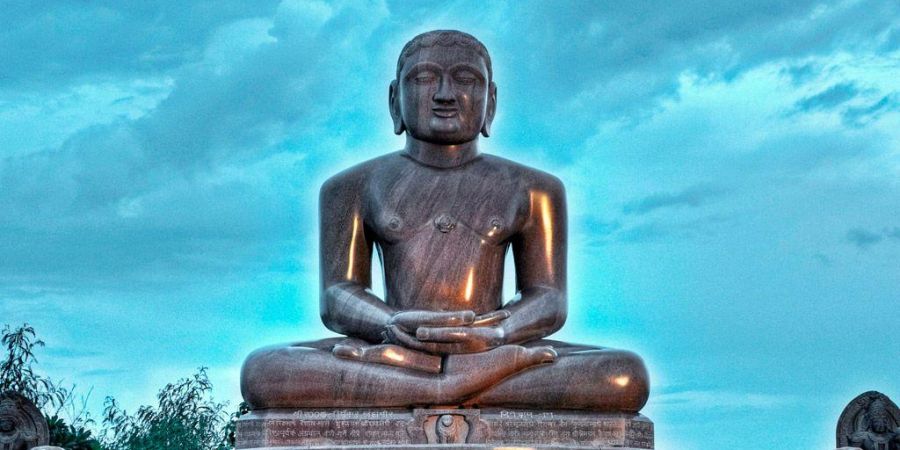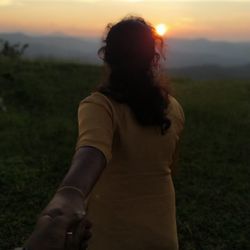

Hello friends, welcome to another blog in this I am going to talk about Jainism which has a large number in south Asia. The name of this religion comes from “Ji” like Buddhism it also appeared in the Gangas basin of east India and it teaches us concepts such as “Dharma” ,” Karma” if we talk about its originality so many scholars believe that it was period about 2500 to 3000 years ago and its mainly believe in the way shown by their 24 Tirthankaras and Vardmana Mahavira who believe to be 24th and the last Tirthankaras of the religion. Buddhism believes in the concept such as Moksha after getting free from the endless cycle of rebirth which is totally on the basis of one’s Karma like every religion it has many customs for the events like Marriage and death such as cremation which is done as soon as possible basically between in the period of the day and night and after all of these customs they buried body 6 feet deep in the ground this ritual is generally performed between the 11th and 31st day of death and the first annual death anniversary which is known as Sharada and on the other hand like Hindu Jains also have Seven Phares and the bride is called Vamangi and their equally important pre-wedding and post-wedding rituals and if we talk about pre-wedding which consist of date and time of marriage and the next important thing is performing the Aarti the next rituals is taking the four rounds(Phare) around the sacred fire and accept these there are 16 stages of the Marriage out of which 3 are taken before the wedding day and rest on the wedding day start with the worship of divine perform by the bride and groom according to Jain traditions the groom ride a horse or an elephant with a group of musicians and singers walking along the groom now a days as time is changing all this rituals are take place in a hotel or benquent hall that gives a marriage look towards a modern time and the bride and groom walk towards the hall where priest recites the mantra praying the lord Adinatha for peace, happiness, health for the couple at the last of the ritual this marks am end of the marriage rituals so this blog is a small effort of mine t combine the marriage and death rituals of Jainism






